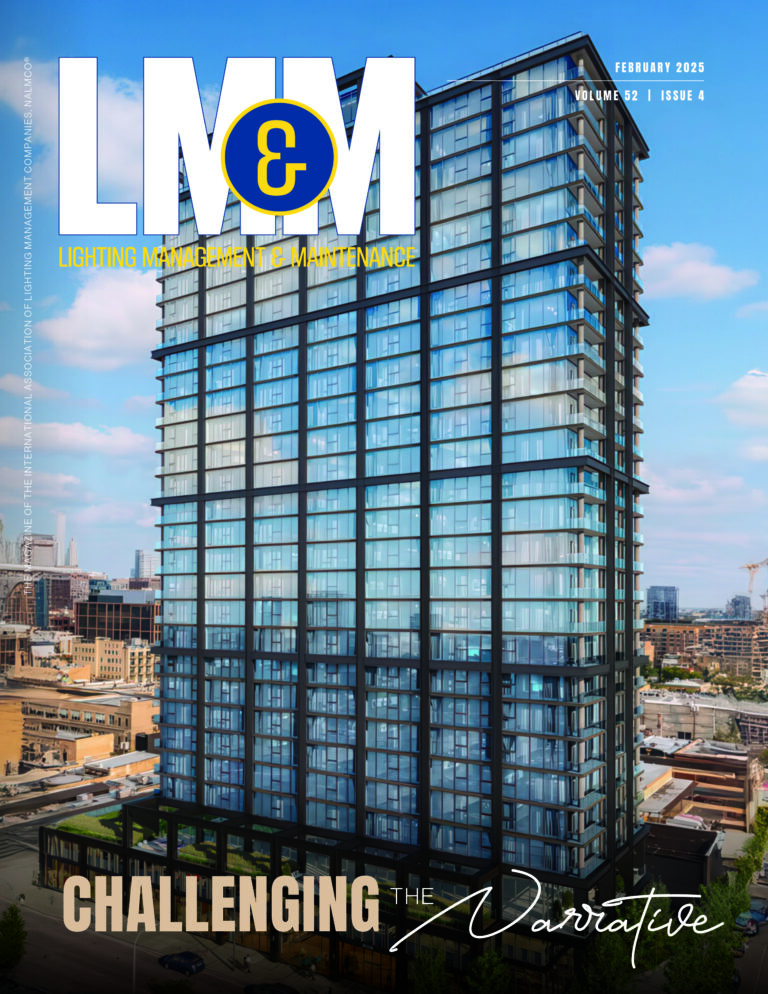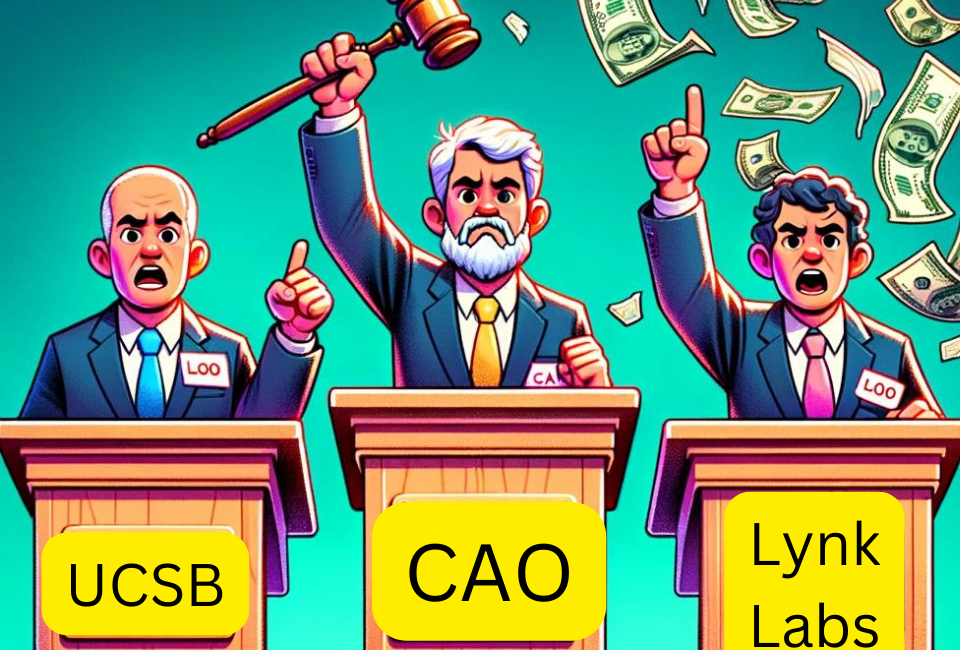This is the third and final segment in our coverage of IP Radulescu LLP’s webinar on 2 MAY.
Attorney David Radulescu, Ph.D., updated us on the three licensing programs he had previously covered: Lynk Labs, Cao Lighting, and the University of California, Santa Barbara. Despite their endeavors, these programs had largely experienced complete disappointment in their pursuit of legal remedies. Radulescu proceeded to provide further details on the specifics of each case.
Radulescu started with Lynk Labs, an Illinois-based company that made waves with its approach to AC LED drivers. Lynk Labs’ strategy was bold: to assert a total of 9 patents against Home Depot and 10 patents against Samsung, all pertaining to AC-driven LED technology. These patents, which focused on eliminating the need for drivers in AC LEDs, represented a significant challenge to established players in the market. Both Samsung and Home Depot swiftly sought relief from the Patent Office as they initiated Inter Partes Review (IPR) proceedings. In the case of Samsung, all ten patents asserted by Lynk Labs were invalidated by the Patent Office. Similarly, in the Home Depot case, seven out of nine patents saw asserted claims invalidated, with only a few straggling claims remaining on appeal. Radulescu’s assessment of Lynk Labs’ strategy was candid. He suggested that the decision to take on industry giants may have been ill-advised, resulting in what appeared to be a costly mistake.
Next, Radulescu shed light on the intriguing legal saga surrounding Cao Lighting. At the heart of the discussion were two patents held by Cao Lighting, targeting the geometric configuration of LED bulbs along with specific structural aspects of the LED layers. Cao sued Current, Ledvance, Signify, and others. Radulescu revealed, the legal journey for Cao Lighting has been far from smooth. One notable setback came in the form of an IPR ruling against one of Cao’s patents, the ’961 patent. However, Cao Lighting managed to secure a legal victory against Current. Despite prevailing, the $2,000,000 damages award was comparatively modest given the huge litigation expense. Radulescu shed light on a West Coast case involving Cao Lighting, where the accused infringer successfully obtained a summary judgment of noninfringement.
Radulescu spoke about the protracted legal battle involving UC Santa Barbara’s filament LED patents. The saga, spanning over five years, revolved around patents stemming from the research of esteemed LED professors, including a Nobel Prize winner (Shuji Nakamura), affiliated with UC Santa Barbara.
The case, initially filed in 2019, saw the university leveraging its intellectual property against industry players for the so-called filament bulb. Radulescu provided a detailed account of the litigation’s progression, noting the significant financial backing provided by Longford Capital of California to support UC Santa Barbara’s legal endeavors. Despite early licensing agreements with several entities aiming to sidestep litigation, the case ultimately proceeded to the International Trade Commission (ITC) for adjudication.
However, the outcome proved to be a complete failure for UC Santa Barbara. The ITC issued a determination of non-infringement. Subsequent appeals to higher courts yielded no reprieve, as the Appeals Court upheld the original finding of no infringement, affirming the validity of the claim constructions made by the Administrative Law Judge (ALJ). Radulescu underscored the magnitude of the defeat, highlighting the well-funded nature of the litigation and the substantial resources invested by UC Santa Barbara in pursuit of its patent rights.
An anonymous attendee raised a question regarding the possibility of securing a refund based on the invalidity of UCSB patents, potentially on grounds of fraud. Radulescu began by unpacking the attendee’s question, emphasizing that while there was no determination of patent invalidity, the central issue revolved around the absence of infringement. Specifically, the patents required filaments and chips to be mounted on a transparent substrate which are typically made of ceramic or glass. The crux of the matter, as Radulescu explained, lay in the interpretation of the claim limitation “transparent,” particularly concerning ceramic substrates. Here, he noted a perceived weakness in UCSB’s legal arguments and/or addressing this issue more robustly. Regarding the possibility of seeking a refund based on fraud allegations, Radulescu refrained from offering an opinion, highlighting the complexity of such a legal pursuit.
Radulescu concluded the webinar by discussing the Unified Patent Court (UPC), a centralized legal entity in Europe designed to streamline the handling of patent infringement and enforcement cases. Radulescu provided a comprehensive overview of the UPC’s unique features, highlighting its role as a single forum for addressing patent disputes across Europe. Unlike traditional litigation processes that span multiple jurisdictions, the UPC offers a consolidated approach, allowing parties to present their cases in a streamlined fashion within a one-year timeframe. The format of proceedings before the UPC mirrors that of IPR proceedings in the U.S., with briefings, expert declarations, and limited discovery leading up to a one-day hearing. Despite the condensed timeline, the court maintains a rigorous examination process, involving panels of judges tasked with determining infringement and validity claims.
One key aspect of the UPC highlighted by Radulescu is its provision for challenging the validity of patents alongside infringement claims. This feature offers defendants the opportunity to address potential flaws in asserted patents within the same streamlined proceedings. Moreover, the UPC provides a mechanism for obtaining preliminary injunctions, offering swift relief to parties facing urgent infringement issues. Radulescu emphasized the efficiency of this process, noting its potential to address pressing concerns in a timely manner.
Radulescu delved into the statistics surrounding the UPC’s implementation, revealing that since its inception last year, 311 cases have been filed. These cases encompass a variety of actions, including infringement claims, patent invalidations, and counterclaims challenging patent validity. Of particular note is the option for patent owners in Europe to opt out of UPC proceedings for classic European patents by filing an opt-out clause. Radulescu disclosed that a substantial number of patents, totaling approximately 600,000, have been opted out, indicating a degree of cautiousness or preference for alternative dispute resolution mechanisms among patent holders.
As he wrapped up the discussion, Radulescu reminded the audience, “You know we’re not your lawyers, so we’re not giving anyone legal advice on this public service webinar. You should consult your lawyer or patent lawyer if you have any questions.”
Read our first segment here and our second article here.




